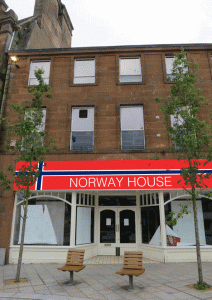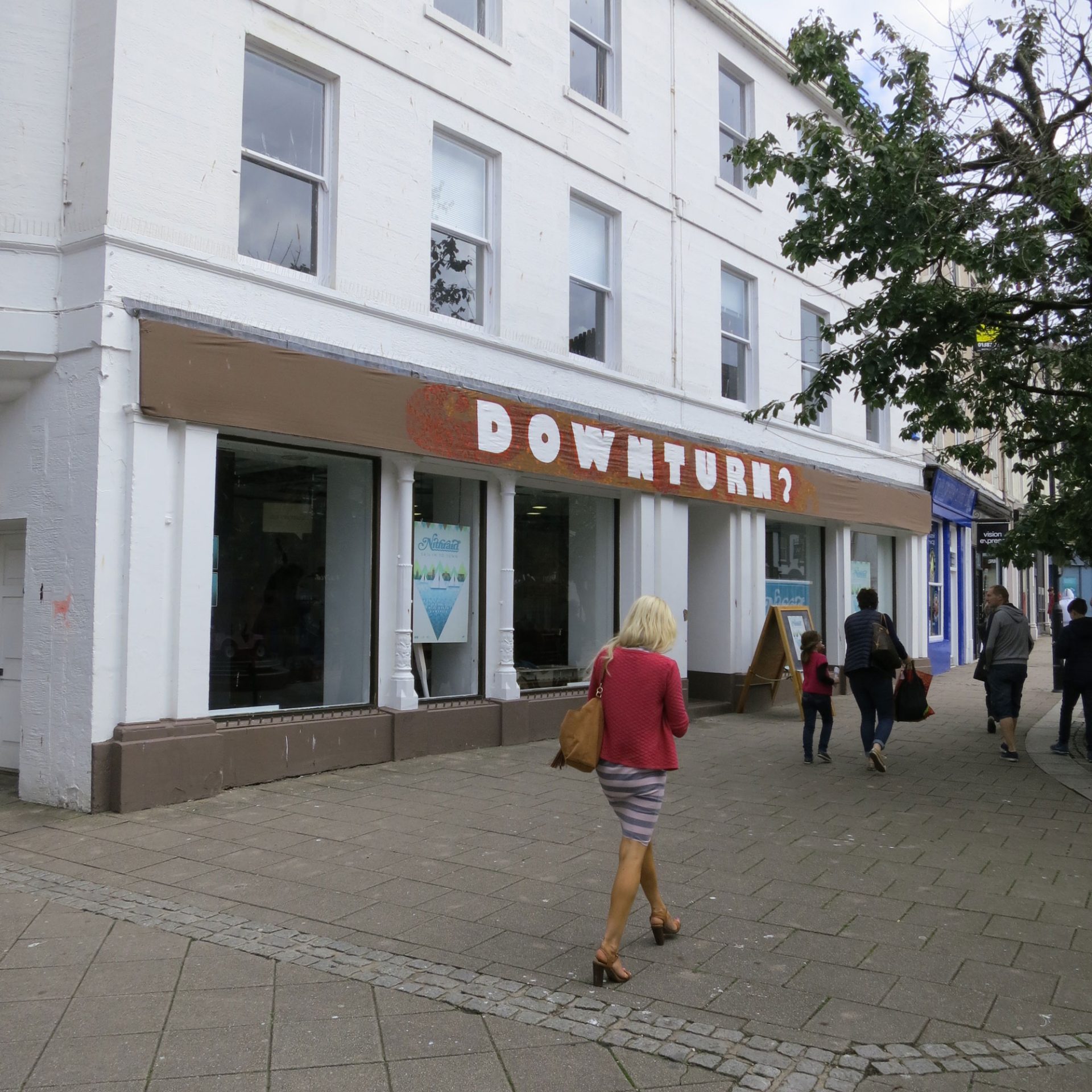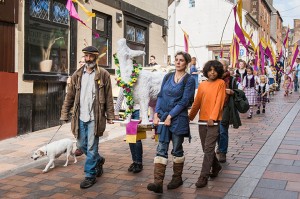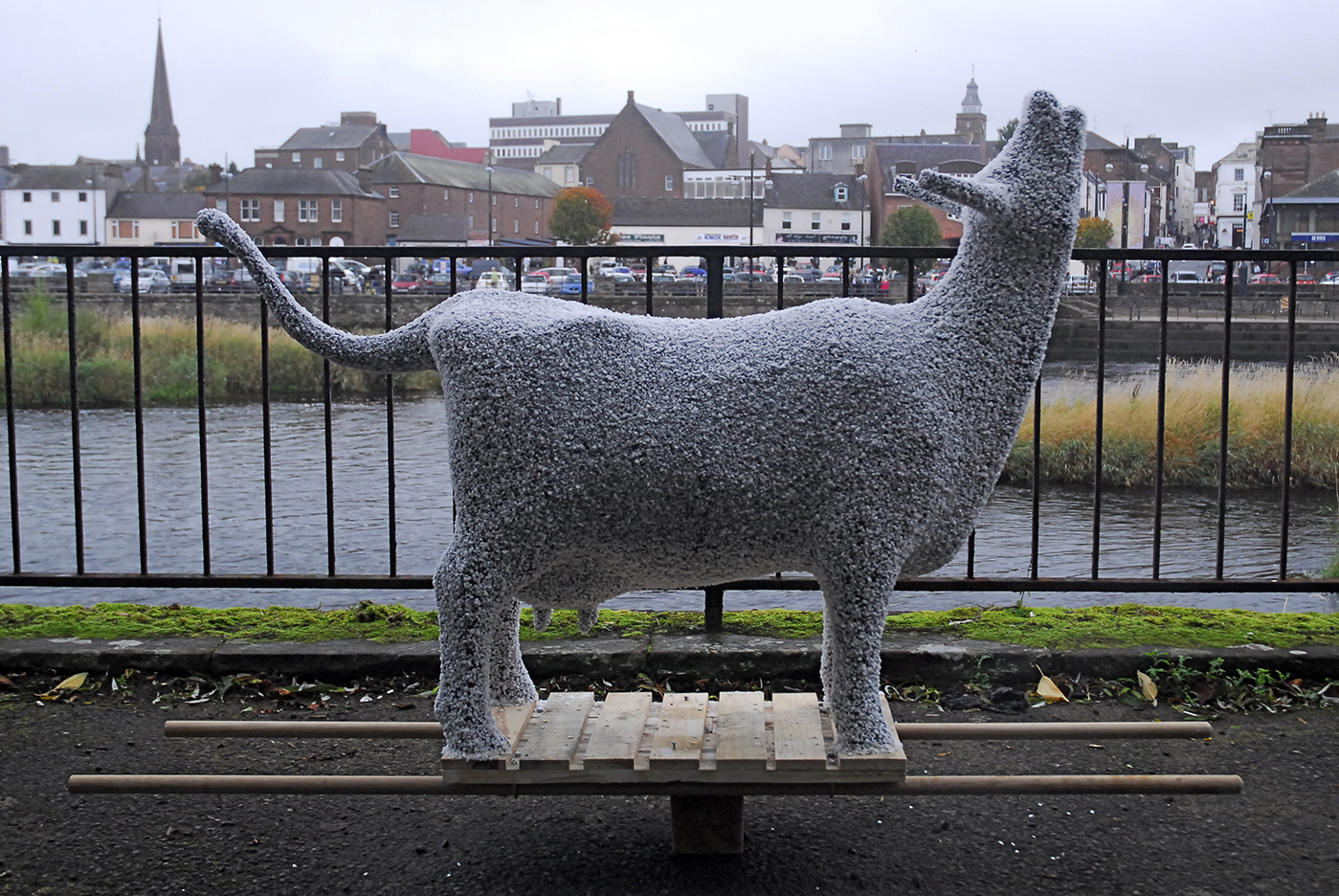“Quest” is an ongoing environmental project by artist Jan Hogarth, exploring our relationship with the environment, land, and water. Jan’s working practice grows out of a deep love of the land (in the broadest sense of the word—by “land” I mean water, trees, animals, mountains, etc.), an empathy for it, and a deep desire to heal it. Jan has been working with Sheila Pollock, a practitioner in the healing arts for over 30 years, and invites others who love the land to become involved in the environmental art quests.
In Celtic tradition, healing wells, springs, and the sources of rivers were thought to possess sacred and healing properties.
“Quest” explores rituals and the truths behind them to create and invent new environmental art rituals aimed at healing the environment. The idea of searching for the source of the Nith originated from a local rumour that the Lynors of Dumfries Guid Nychburris took spring water from the source of the Nith and carried it with them when they rode the boundaries of the town. My friend Sheila, who has been working in the healing arts, and I went in search of the source of the Nith, which is located at Dalmellington in Ayrshire. Instead, we found an environmental catastrophe in the form of open-cast mines and landfill sites, with no access to the source due to the activities of the open-cast mine operators. It was shocking—how could this river be healed when its source serves as an example of how we take from the land without empathy for our energy consumption? This seemed to act as a metaphor for the wider issue of climate change. The problem lies with us—our lack of love for non-human life and our lack of reverence for nature, water, and the land.
Sheila has worked with Jan on the Quests project, focusing on the energy of water and its places, and exploring how to lift that energy and raise its vibration. Through dowsing, there is evidence that the vibration of the water she worked on during Quest 1 was raised, and that improvement has been sustained. The Nith presents a significant challenge due to its source in an open-cast mine. Sheila and Jan will be discussing this on Thursday evening at the Stove as part of their work.
Quest is part of SUBMERGE, an exhibition featured in ArtCOP Dumfries, running daily from 10:00 am to 5:00 pm until Saturday, 12th December.
Jan and Sheila will be discussing Quest as part of A Question of Scale



















